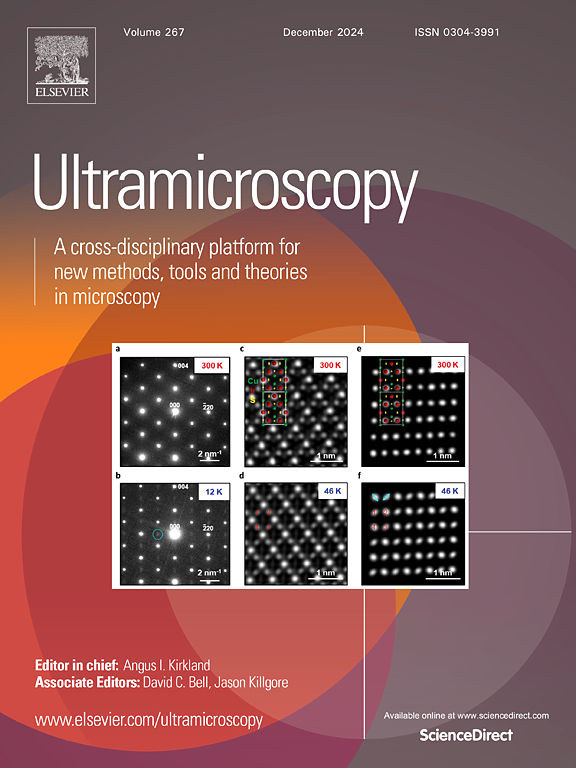Segmentability evaluation of back-scattered SEM images of multiphase materials
Abstract
Segmentation methods are very useful tools in the Electron Microscopy inspection of materials, enabling the extraction of quantitative results from microscopy images. Back-Scattered Electron (BSE) images carry information of the mean atomic number in the interaction volume and hence can be used to quantify the phase composition in multiphase materials. Since phase composition and proportion affects the material properties and hence its applications, the segmentation accuracy of such images rendered of critical importance for material science. In this work, the notion of segmentability for BSE images is proposed to define the ability of an image to be segmented accurately. This notion can be used to guide the image acquisition process so that segmentability is maximized and segmentation accuracy is ensured. An index is devised to quantify segmentability based on a combination of the modified Fisher Discrimination Ratio and of the second Minkowski functional capturing intensity and spatial aspects of BSE images respectively. The suggested Segmentability Index (SI) is validated in synthetic BSE images which are generated with a novel algorithm allowing the independent control of spatial distribution of phases and their grayscale intensity histograms. Additionally, SI is applied in real-synthetic BSE images, where the real greyscale distributions of Ordinary Portland Cement (OPC) clinker crystallographic phases are used, to demonstrate the ability of SI to indicate the optimum choice of critical image acquisition settings leading to the more accurate segmentation output.

 求助内容:
求助内容: 应助结果提醒方式:
应助结果提醒方式:


